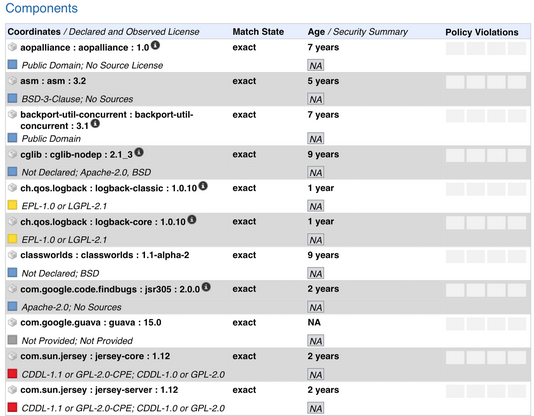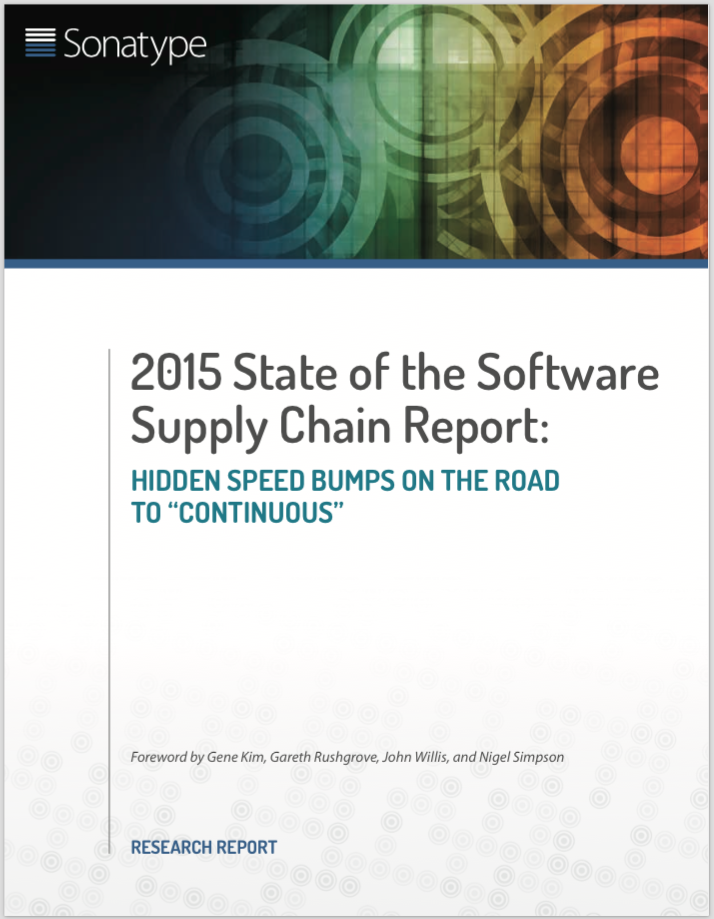In my previous post, “When Good Code Goes Bad“, I shared new research showing the average large development organization consumes over 15,000 known vulnerable and defective components annually. While we can’t stop software from going bad, there are practices from traditional manufacturers that we can use to improve our ability to recall and fix the “bad” software components.
The Software BOM
A Bill of Materials (BOM) is used in traditional manufacturing supply chains to list the suppliers and parts used in a product, a “software bill of materials“ (BOM) is an inventory of the third party and open source components used to build an application.

As noted in Wikipedia, “The concept of a BOM is well-established in traditional manufacturing as part of supply chain management. A manufacturer uses a BOM to track the parts it uses to create a product. If defects are later found in a specific part, the BOM makes it easy to locate affected products.
“A software BOM is useful both to the development organization (manufacturer) and the buyer (customer) of a software product. Builders often leverage available open source and third-party software components to create a product; a software BOM allows the builder to make sure those components are up to date and to respond quickly to new vulnerabilities. Buyers can use a software BOM to perform vulnerability or license analysis, both of which can be used to evaluate risk in a product. Understanding the supply chain of software, obtaining a software BOM, and using it to analyze known vulnerabilities are crucial in managing risk.”
A software bill of materials not only inventories what is used, but in some cases it also syncs with real-time component defect data to indicate which components have known vulnerabilities or license risks. Various software supply chain automation tools expand the bill of software much further, alerting stakeholders automatically when a defect alert occurs. In advanced tools, the entire software lifecycle is automated to ensure that defective components are avoided and continuous monitoring instantly identifies newly announced vulnerabilities as soon as they are discovered.
Breaking Bad
As mentioned in my previous post, When Good Code Goes Bad, there is no way to prevent software from “going bad”. No one is immune from these issues. Therefore, we need to focus on our responses to these issues.
To paraphrase Vince Lombardi, “It’s not how you get knocked down, it’s how you get up”. Following the OpenSSL vulnerability announcement in 2014 (or pick any other new security vulnerability with or without an assigned logo), every development and IT operations team on the planet was asking two questions:
- Did we ever use that open source component?
- if yes, where is it?
For those organizations tracking their use of components with a software bill of materials, the answer was easy to find. For other organizations, weeks and often months of research were required. To get a sense of the lack of maturity around traceability practices, take a look at this image from Sonatype research showing announcements of OpenSSL vulnerabilities in products following the initial vulnerability disclosure in April 2014.

Automating Traceability Across the Software Supply Chain
Software supply chain complexities, coupled with the volume and velocity of open source and third-party components flowing through them, are forcing us to think differently about our current practices across development and operations. We are not the first to face these challenges and we can learn a great deal from the mature practices of other high-velocity manufacturing organizations and industries.
One thing is certainly clear. Manual practices of monitoring or occasional checkpoints cannot keep pace with volume and velocity of components being consumed. And if you extend these considerations beyond just open source components and into containers, microservices, or other images used in development and operations, the problem is further out of reach for manual processes to keep pace. The volume and velocity within our software supply chains will not diminish—and without a new approach, the volume of unchecked quality and integrity of parts being consumed will continue to build up as technical debt.
But the answer is here today: automation. Automation can unleash the potential of an organization’s development capacity. Rarely is there such an opportunity to simultaneously increase speed, efficiency, and quality. Solutions that facilitate comprehensive software supply chain automation are poised to usher in the next wave in development productivity—with gains on par or even greater than possible with agile, Lean, and DevOps.
More information on the current state of software supply chain practices as well as examples of best practices being employed by software development teams, can be found in the 2015 State of the Software Supply Chain Report.




